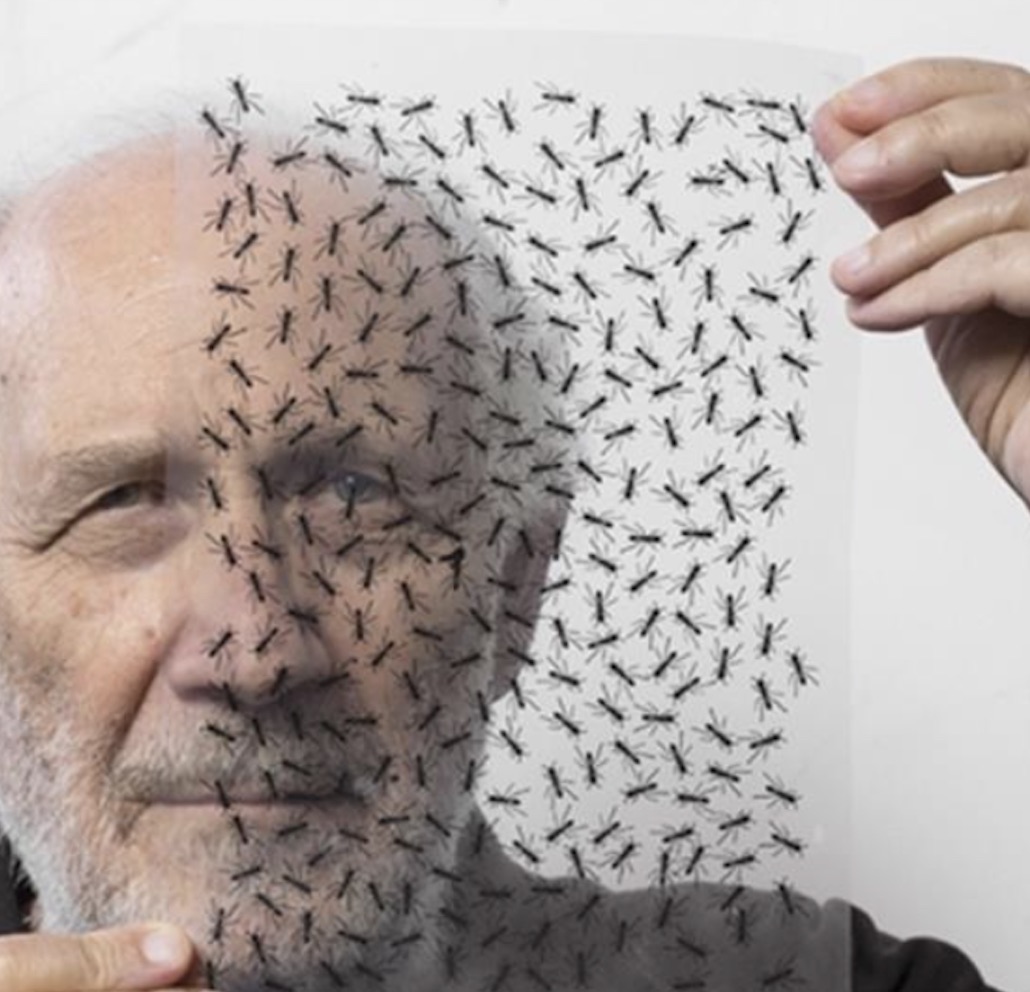THISisArt
Contemporary art gazes
I ASKED TO THE DUST
The video shows Tosatti in relation to his work for the
Italian Pavilion - BIennale Arte 2022.
An 'analysis of the relationship between drawing and large installations
environment that distinguish the Roman artist's research.
LEFT BEHIND
The project highlights the role that drawing takes on in Ian Tweedy through footage of an unprecedented urban intervention by the artist, made especially for the occasion.
MERIDIANE
The Meridiane are based on the practice of tracing drawing: on sheets of wrapping paper or on a fresco base, the artist freely traces (with tempera, wax and oil pastels, acrylic paint, markers) the margin between light and shadow that filters through a window (of the home or studio) or through vegetation.
By means of the color chosen from time to time, he records the path and rotation of the sun, marking its trajectories and the variations of light interrupted at the elements that come between the sun and the sheet, such as the window from which the light penetrates the room.
LIU BOLIN
Liu Bolin (Shandong, 1973) has been called "the invisible man," having achieved international fame as the artist who has made camouflage his hallmark. Remaining motionless like a living sculpture, Bolin integrates his body with the context behind him-thanks to careful body-painting-and finally has his photograph taken

EMILIO ISGRO'
"The erasure is like the zero in mathematics, called upon to form, by itself, all numbers and all values."
It is fascinating to watch and listen to Emilio Isgrò, conceptual artist and painter, but also novelist, playwright and director, one of the most internationally known names in Italian art.
Starting in the 1960s, Isgrò created some of the most revolutionary and original work, which earned him several participations in the Venice Biennale and the first prize at the São Paulo Biennale.
His first erasure, a process for which he became famous, dates back to 1964, when he was working in Venice as head of the cultural pages of the Gazzettino.
With this seemingly destructive action he intends to question, in order to reaffirm, the word itself and the thought behind it.
As he explains, "Erasing is not that destructive act that you think of. It is a saying no in order to be able to say yes to things that matter; it is an element of reflection."
It is fascinating to watch and listen to Emilio Isgrò, conceptual artist and painter, but also novelist, playwright and director, one of the most internationally known names in Italian art.
Starting in the 1960s, Isgrò created some of the most revolutionary and original work, which earned him several participations in the Venice Biennale and the first prize at the São Paulo Biennale.
His first erasure, a process for which he became famous, dates back to 1964, when he was working in Venice as head of the cultural pages of the Gazzettino.
With this seemingly destructive action he intends to question, in order to reaffirm, the word itself and the thought behind it.
As he explains, "Erasing is not that destructive act that you think of. It is a saying no in order to be able to say yes to things that matter; it is an element of reflection."
